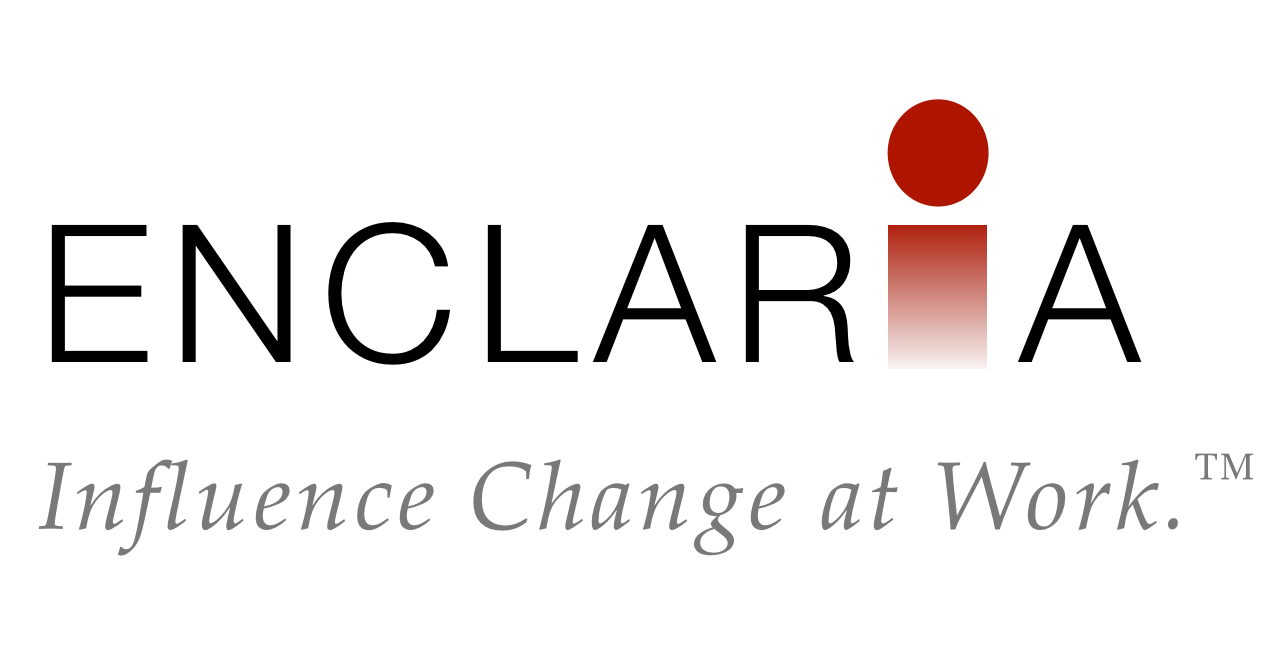As change agents at work, we spend much of our effort on motivating people to change. However, even if someone is motivated to do something differently, they still need to be able to do it. Much of resistance is not a lack of motivation, but being daunted by the task ahead. It’s not that they won’t, but that they can’t. Our job as change agents is not just to convince people to change, but to enable them to do it. Consider these five ways you can equip people to change.

Develop Capability
The default way to equip people to change is to train them, whether in a classroom or on the job. To sustain individual development, coaching and mentoring are also good options. Provide opportunities to practice, develop new habits, and build confidence. Find ways to develop the skills and competencies they need to succeed, which may be technical, relational or personal in nature.
Make it Easy
Change can be hard. At least, it usually takes extra effort to break away from the usual way of doing things. Provide tools and procedures and helpful tips. Break the change into simple steps that seem less daunting. Avoid making the effort feel like more of a burden than it needs to be. Who else can share the load? Find ways to make it easier for people to change.
Empower Them to Change
People need the power within their organization to make the change. Ensure they have the level of authority and accountability to do their part. Work with controlling managers to let go. Give people room to fail and learn. Make sure they’re given adequate time to work on the change. Let them make the transition their own way without being labeled as resistant. Empower them to find a way to make it work for them.
Provide Support
People also need help to succeed in their transitions. Help them understand their own resistance. Listen and reframe their point of view so they can approach change from a more helpful perspective. For groups, facilitate difficult conversations so important issues are discussed and resolved. Manage conflict so it doesn’t hinder change. Look for ways to help people cope and, if necessary, to get out of their own way.
Remove Obstacles
Enabling people to change also includes helping them diminish obstacles that prevent them from changing. Remove status quo enablers that tempt people to continue old habits. Eliminate distractions and low-priority items. Keep negative team members from draining energy. When the source of resistance is something that can be addressed, work to fix the cause. Find ways to assist when the change gets stuck.
One of the fundamental levers of influence is enabling people to change, which goes beyond simply training them how to do things the new way. Equipping people to change means building their personal ability to change as well as removing anything that prevents them from changing.
